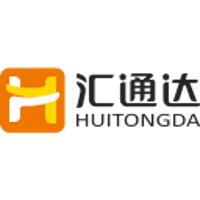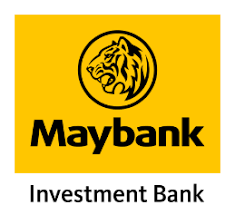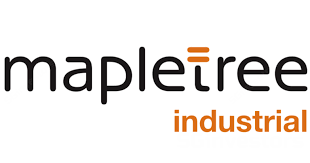Date: September 19, 2024
Broker Name: China Galaxy International Securities (Hong Kong) Co., Limited
1H24 Financial Performance
Huitongda’s 1H24 sales declined by 24% year-over-year (yoy), reaching Rmb32.8bn, while its net profit plummeted by 49% to Rmb125m, both falling short of expectations. The primary reasons for this downturn were weak 2Q24 sales and adjustments to its product structure.
Government Policies and Market Impact
The company’s outlook for 2H24 is somewhat more optimistic. Huitongda expects support from China’s current “trade-in” policy, subsidies for electric vehicles (EVs), and the launch of the iPhone 16. These factors are expected to stimulate demand in lower-tier markets, particularly for household appliances, vehicles, auto parts, and consumer electronics. As a result, the company forecasts a 7% yoy decline in sales for 2H24 to Rmb36.2bn, but expects net profit to increase by 15% yoy to Rmb234m due to product mix upgrades.
Product Structure Optimization
In 1H24, Huitongda’s direct B2B sales accounted for 99% of total sales. However, several product segments performed poorly. Consumer electronics, which contributed 59% of sales, fell by 16% yoy due to a decline in laptop sales and promotional activities in the phone market. Household appliance sales dropped by 39% yoy, influenced by weak demand. Agricultural product sales, representing 12.6% of total sales, also fell by 39%, driven by the company’s decision to stop selling potash fertilizer. Despite these declines, EV sales showed positive growth, with Nezha Auto sales increasing by 140% yoy in 1H24.
Strategic Shifts
To address these challenges, Huitongda is adjusting its product structure and business strategy. The company aims to improve its gross profit margin (GPM) by reducing low-GPM products, increasing its own brand sales, introducing new categories, and collaborating with top brands. Notably, Huitongda has launched its own home air conditioner under the IDISSA brand and plans to introduce small kitchen appliances under the AKAI brand in 2H24.
Member Store Expansion
Huitongda’s number of active member stores grew by 13% yoy in 1H24, contributing 44% of total sales compared to 39% in FY23. Management plans to continue expanding in lower-tier markets, as member stores typically yield higher GPMs than the wholesale business. In 1H24, the company generated Rmb384m in service revenue, up 12% yoy, largely due to the expansion of its one-stop SaaS services for member stores.
2H24 Forecasts
Huitongda forecasts its sales will decline by 7% yoy in 2H24 to Rmb36.2bn, but it expects net profit to grow by 15% yoy, reaching Rmb234m. The company’s focus on product mix upgrades and strategic realignment should drive this improvement, though challenges remain.
Price Performance and Valuation
Huitongda’s share price was HK$20.00 as of September 19, 2024, with a target price of HK$23.90, reflecting a potential upside of 19.5%. This target is based on a discounted cash flow (DCF) valuation, with a weighted average cost of capital (WACC) of 7.4% and a terminal growth rate of 1%. However, the company faces risks, including a slower-than-expected economic recovery in rural China and potential intensification of competition in lower-tier markets.
Major Shareholders
Huitongda’s major shareholders as of September 2024 are:
- WANG Jiangguo: 29.4%
- Alibaba: 17.3%
- Xu Xiuxian: 12.7%
Financial Summary (FY24F – FY26F)
- Revenue: Decline from Rmb82,433m in FY23 to Rmb69,112m in FY24F, with flat growth expected in FY25F and FY26F.
- Net Profit: Decline from Rmb448.3m in FY23 to Rmb359.1m in FY24F, followed by gradual recovery in FY25F (Rmb453.1m) and FY26F (Rmb545.1m).
- GPM: Expected to rise from 3.5% in 1H24 to 3.9% in 2H24.
- NPM: Expected to remain flattish at around 0.5% for FY24F.
Conclusion
Huitongda is navigating a challenging period marked by declining sales and profit due to product structure adjustments. However, the company remains optimistic about its long-term growth, driven by its strategic shift towards higher-margin products and the expansion of its member store network in lower-tier markets. Government subsidies and demand from rural markets are key catalysts for its potential recovery in 2H24.




